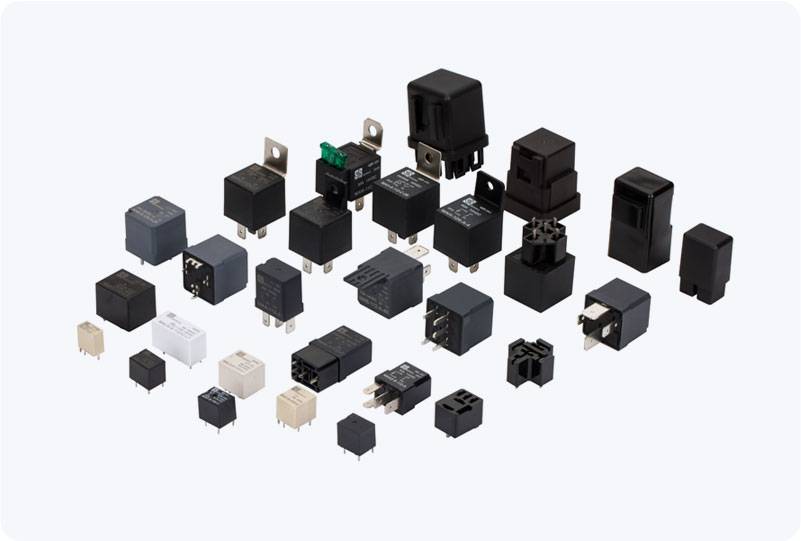ssr for new energy vehicles: revolutionizing the future of transportation
Release time:2025-05-26 10:07:53
In recent years, the automotive industry has experienced a significant shift, driven largely by the global push for sustainability and environmental consciousness. New Energy Vehicles (NEVs), which include electric vehicles (EVs), hybrid vehicles, and hydrogen-powered vehicles, have emerged as a crucial part of the solution to reducing carbon emissions and promoting cleaner transportation. A key technological development that is playing a vital role in the advancement of NEVs is the implementation of Solid-State Relays (SSRs). These devices, widely used in various industries, are now becoming essential components in the electrification of vehicles, offering a range of benefits that enhance the performance, efficiency, and reliability of NEVs.

What is SSR and Its Role in NEVs?
Solid-State Relays (SSRs) are electronic switching devices that control the flow of electricity in a circuit without using any moving parts, unlike traditional electromechanical relays. Instead, SSRs rely on semiconductor components, such as diodes, transistors, and thyristors, to open or close a circuit. This design leads to several advantages, including faster switching speeds, improved reliability, and lower power consumption.
For New Energy Vehicles, SSRs are particularly advantageous because of their ability to manage the high-voltage and high-current systems that are typically present in EVs and other types of NEVs. These systems require precise and efficient switching to ensure the safe and reliable operation of the vehicle’s powertrain, battery management systems, and other electronic components. Traditional mechanical relays may not be able to meet the high demands of modern NEVs due to their slower switching speeds and susceptibility to wear and tear. In contrast, SSRs are more durable and capable of handling the constant switching and rigorous conditions found in the automotive environment.

